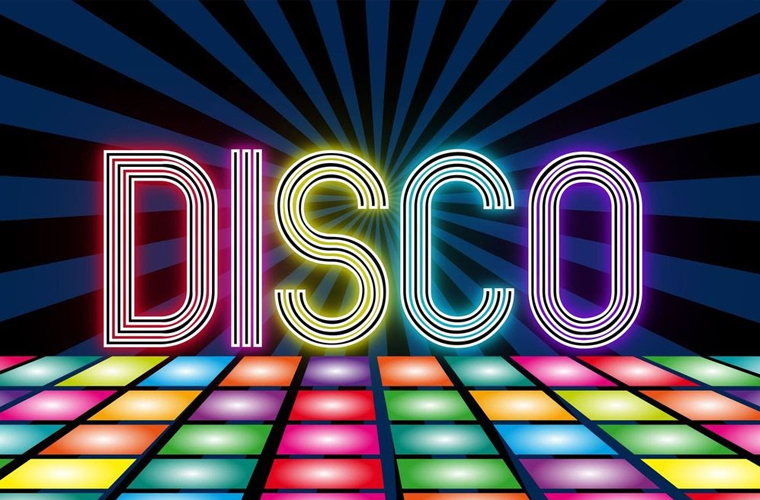Disco music is a genre of dance music that originated in the 1970s, characterized by its pulsating beat and energetic, upbeat rhythms. It emerged as a response to the increasing popularity of dance clubs and the desire for music that would keep people on the dance floor for longer periods of time. Disco music quickly became a cultural phenomenon, influencing fashion, dance styles, and popular culture as a whole.
The origins of disco music can be traced back to the early 1970s, when DJs in New York City began experimenting with mixing and blending different styles of music to create a seamless, continuous dance experience. This new approach to DJing, combined with the growing popularity of soul, funk, and R&B music, laid the groundwork for what would become known as disco.
One of the defining features of disco music is its use of electronic instrumentation, including synthesizers, drum machines, and sequencers. These technological innovations allowed for the creation of complex, layered soundscapes that were perfectly suited for the high-energy atmosphere of the discotheque. In addition to electronic instruments, disco music often features lush orchestral arrangements and soulful vocals, creating a rich and dynamic sonic experience.
The disco era was also known for its extravagant fashion and glamorous aesthetic. Disco clubs became known for their lavish decor, flashy light shows, and stylish clientele. The fashion of the era was characterized by bold colors, shimmering fabrics, and form-fitting silhouettes, reflecting the exuberance and hedonism of the disco lifestyle.
One of the most iconic aspects of disco music is its distinctive dance style. The “hustle,” “the bump,” and “the electric slide” are just a few examples of the many dances that became synonymous with disco culture. These dances were often characterized by their energetic movements and synchronized choreography, creating a sense of communal celebration and unity on the dance floor.
Disco music also played a significant role in promoting social change and inclusivity. Many disco songs featured lyrics that celebrated diversity, empowerment, and freedom, reflecting the progressive social attitudes of the era. Disco clubs were often spaces where people from diverse backgrounds could come together and express themselves freely, breaking down barriers and fostering a sense of unity and acceptance.
While disco music reached the peak of its popularity in the late 1970s, its influence continues to be felt in contemporary music and popular culture. Elements of disco can be heard in genres ranging from pop and dance to hip-hop and electronic music. The vibrant, celebratory spirit of disco continues to resonate with audiences around the world, making it a timeless and enduring part of musical history.
In conclusion, disco music represents a pivotal moment in the evolution of popular music and culture. Its pulsating rhythms, extravagant fashion, and inclusive ethos have left an indelible mark on the music industry and society as a whole. As we continue to celebrate and embrace the legacy of disco, its impact on music, fashion, and social change remains as relevant and influential as ever.

